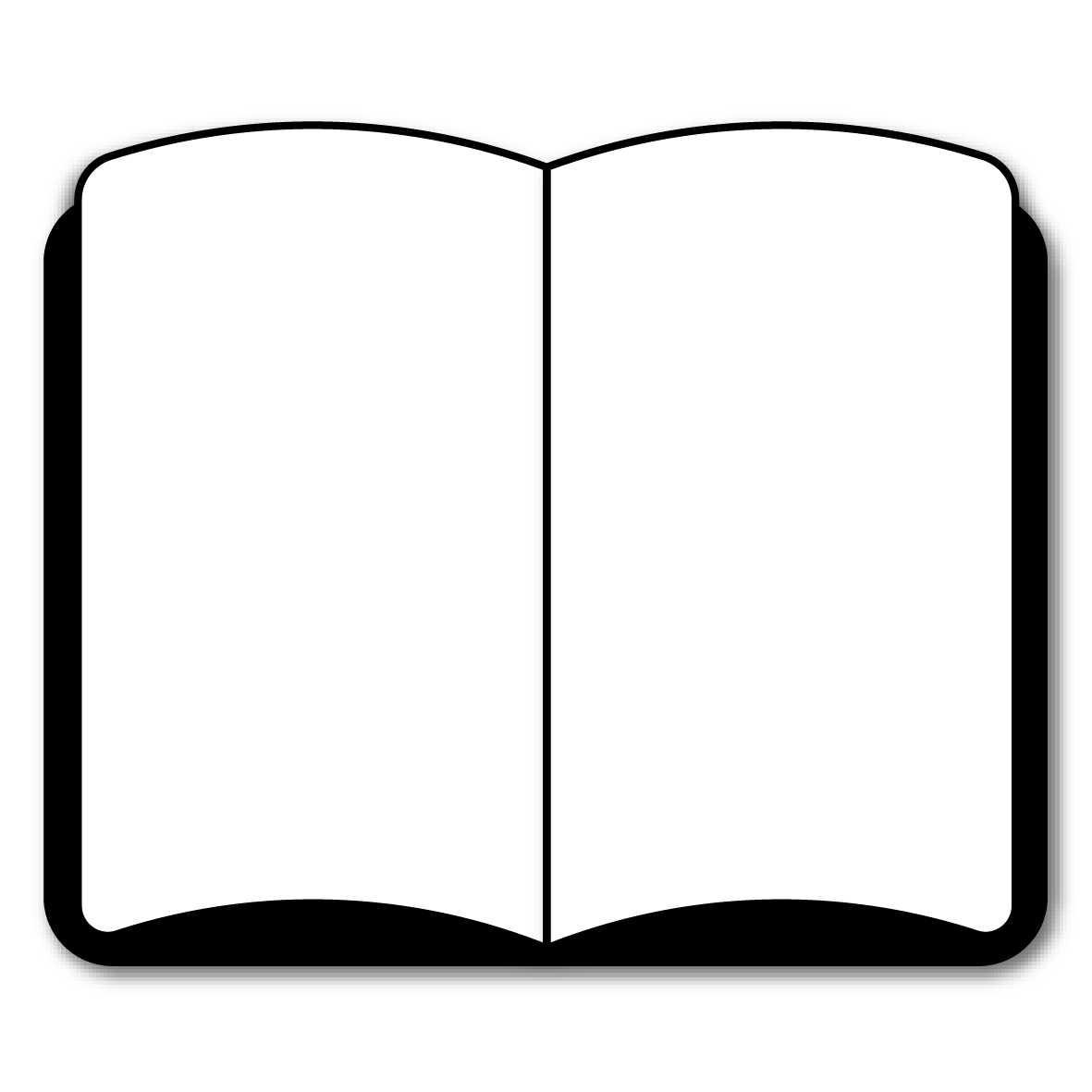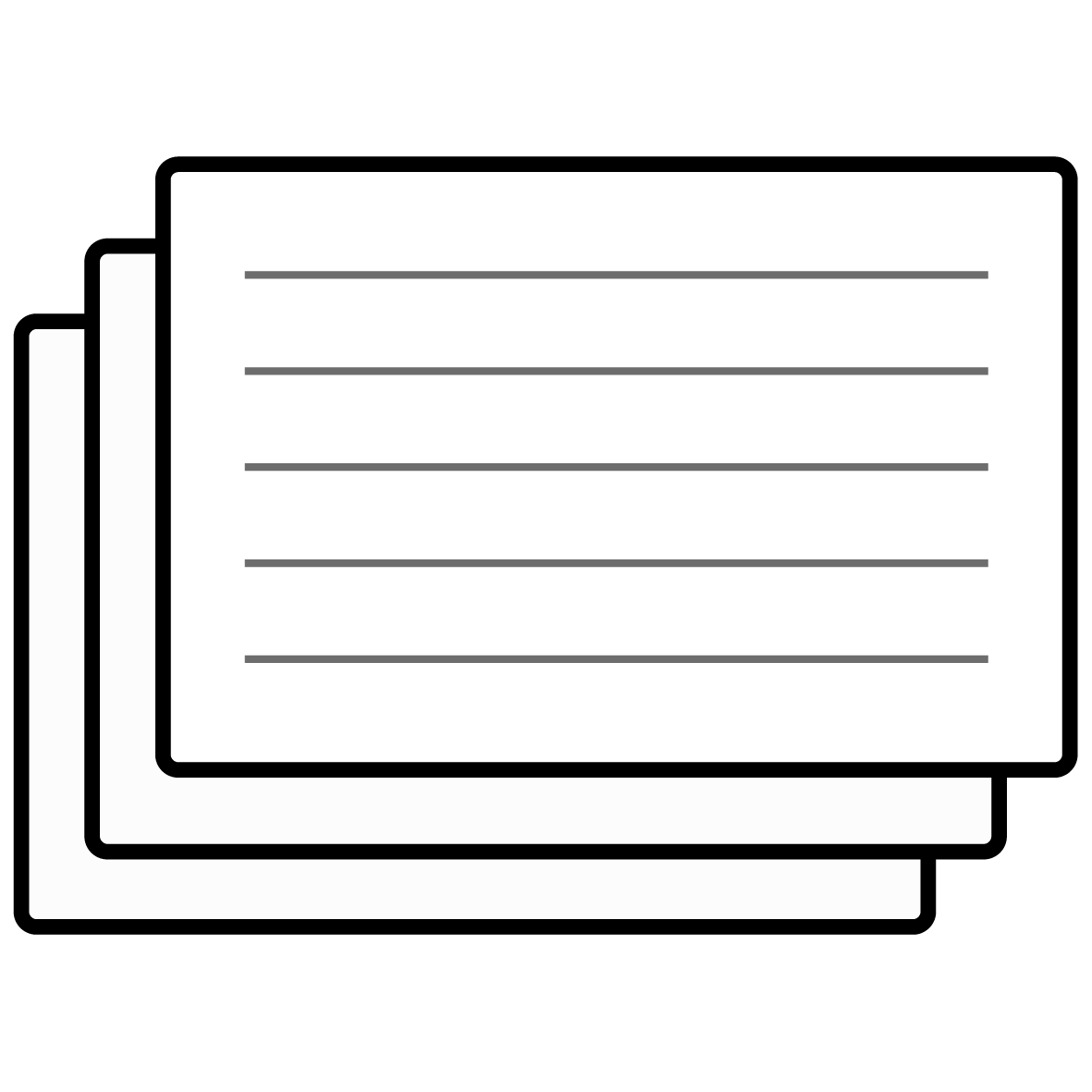If you need help studying for the National Board Certification’s Early and Middle Childhood/Literacy: Reading-Language Arts exam or just want some more information about what the test is like, you’ve come to the right place.
Click below to take a free Reading-Language Arts practice test!
What’s on the Exam?
The Architecture of Accomplished Teaching
How to Register
Exam Scores
Retaking the Exam
FAQs
Exam Eligibility
Before you can register to take the Literacy: Reading-Language Arts exam, you’ll have to meet the requirements below:
- You need a bachelor’s degree from an accredited institution
- You need a valid state teaching license
- You need to complete at least three years of teaching at one or more schools
If you meet these requirements, you’re set to begin the registration process!
What’s on the Exam?
The Literacy: Reading-Language Arts exam is split into four components. You have to finish all four to obtain certification, but Component 1 is the only exam component. The other three components are portfolio entries.
Component 3 (Teaching Practice and Learning Environment): For this portfolio entry, you’ll need to provide two short videos of your teaching practice and a written commentary/analysis.
Component 4 (Effective and Reflective Practitioner): For this portfolio entry, you’ll need to create a profile of your entire class, demonstrating how you gather and use information about your students from various sources to impact their learning, amongst other things.
On the exam component, there are 45 selected-response questions and three constructed-response questions, and your time limit is 2.5 hours.
Let’s take a closer look at the sections of the exam.
Selected-Response Section
45 questions
- Knowing each student as an intellectual, social, emotional, cultural, and language learner
- Understanding learning and child development theories
- Assisting families in supporting their children’s learning development
Equity, Fairness, and Diversity; the Learning Environment; and Literacy Assessment
- Promoting fairness and equity
- Establishing the intellectual environment
- Selecting resources
- Knowledge of assessment and selecting and administering assessments
Reading and Writing
- Knowledge and instruction of reading
- Knowledge and instruction of writing
- Connections of reading and writing to the other language arts and to other disciplines
Listening and Speaking; Viewing and Visual Literacy
- Knowledge and instruction of listening and speaking
- Knowledge and instruction of viewing and visual literacy
Constructed-Response Section
3 exercises
You’ll be asked to analyze a student’s reading and identify two reading miscues or fluency issues.
2. Writing Development
You’ll be asked to identify an area of strength and an area of need in a student’s writing sample.
3. Literacy Across the Curriculum
You’ll be asked to integrate literacy and content-area learning.
The Architecture of Accomplished Teaching
The architecture of accomplished teaching provides a view of how the use of the five core propositions and the standards that are developed from them result in student learning.
- Teachers are committed to students and their learning
- Teachers know the subjects they teach and know how to teach those subjects to students
- Teachers are responsible for managing and monitoring student learning
- Teachers think systematically about their practice and learn from experience
- Teachers are members of learning communities
As shown here, one strand represents teaching practice as grounded in the five propositions, while the other strand represents the teacher’s impact on students and their learning.
How to Register
Once you’ve ensured that you meet all of the eligibility requirements, you can register for the exam.
To get started, you’ll need to create an account via the National Board Candidate Management System (NBCMS) system. You’ll be able to apply for, register and schedule your exam through this account.
When you register, you’ll need to submit the $75 registration fee and the $475 testing fee for each component.
Exam Scores
As we mentioned earlier, the first component is split into two sections. For the selected-response section, you’ll get one point for each correct answer. The cumulative raw score is then translated to a rubric scale ranging from 0 to 4.25. For the constructed-response section (as well as Components 2, 3, and 4) is evaluated using a 12-point rubric scale spanning from 0.75 to 4.25.
You can technically pass with a 1.75 average, but it’s not guaranteed. A 2.75 on each component is the only guaranteed way to get certified.
Retaking the Exam
If you didn’t get a passing score on your first try, that’s okay! You can retake any component up to two times within two years.
Keep in mind that you will have to pay the full testing fee every time you retake a component.
FAQs
How many questions are on the Reading-Language Arts exam?
The exam (Component 1) contains 48 questions.
What is the time limit for the Reading-Language Arts exam?
The exam (Component 1) is timed at 2.5 hours.
What is the passing score for the Reading-Language Arts exam?
You’ll need to get a a final score of at least 2.75 to pass.
How much does the Reading-Language Arts exam cost?
Each component costs $475.



 Reading-Language Arts Study Guide
Reading-Language Arts Study Guide Reading-Language Arts Flashcards
Reading-Language Arts Flashcards
